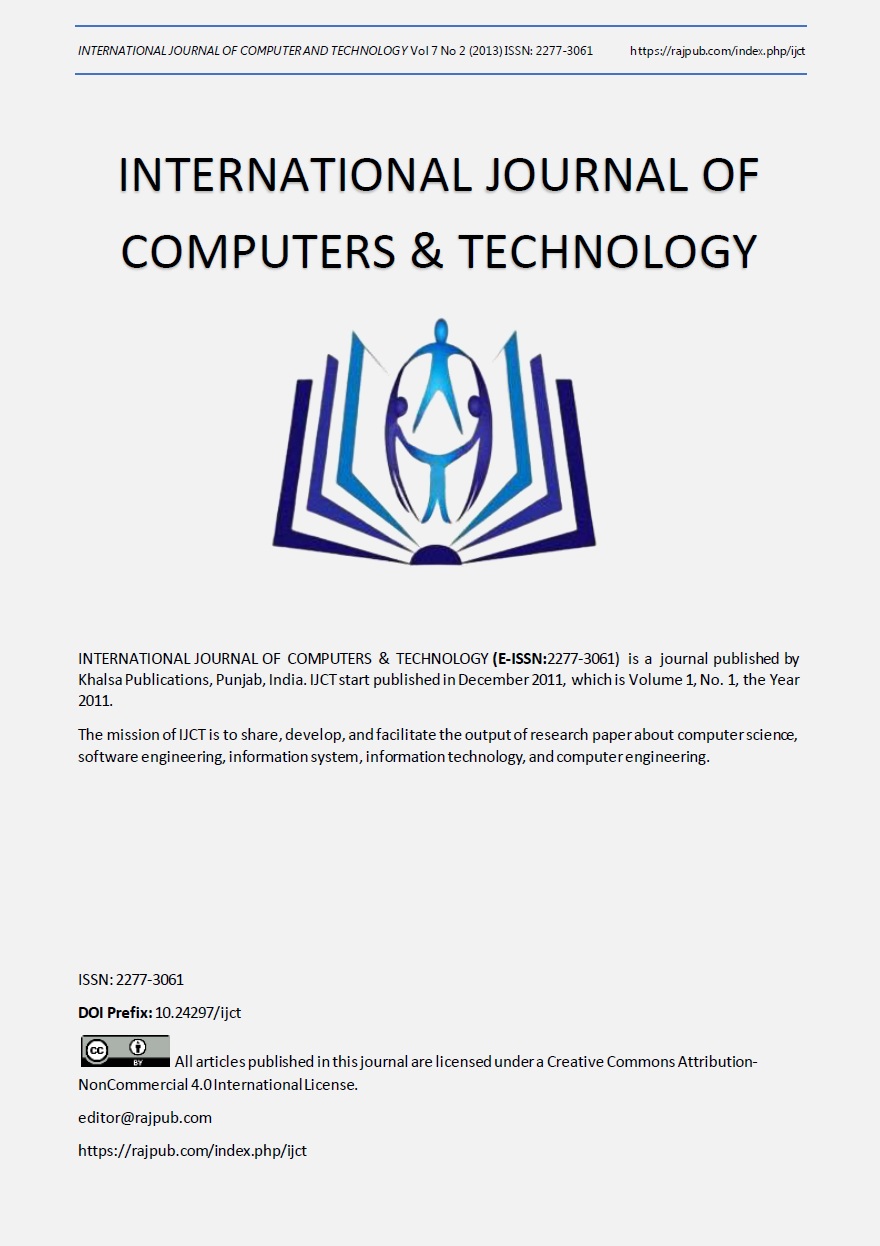Biometric application and classification of individuals using postural parameters
DOI:
https://doi.org/10.24297/ijct.v7i2.3460Keywords:
Biometrics, KNN, LDA, mPCA decomposition, SVM, wavelet decompositionAbstract
This Biometrics refers to automatic recognition of individuals based on their physiological and/or behavioral characteristics. The displacement of the centre of pressure (COP) is a measure that has been successfully employed in studies regarding the postural control. So why not using the postural control as a behavioral characteristic to recognize individuals? The purpose of this study is to recognize individuals and to classify them by their age, gender, height and weight using postural features. The recognition approaches: Linear Discriminant Analysis (LDA), Support Vectors Machine (SVM) and K Nearest Neighbors (KNN) are applied to these biometric application. The postural features using in this application are extracted from data from twenty five healthy participants (average age 31 ± 11 years) standing in orthostatic position on an electromagnetic platform. The features are divided into three categories: classical features (extracted directly from the signals), mPCA features (extracted from the components trembling and rambling issued from the mPCA decomposition) and wavelet features (extracted from the components detail signal level 3 and detail signal level 2 issued from the wavelet decomposition. The results show that the ten subjects chosen for the recognition application are identified by the LDA with the rate of 80.43%. The classification applications (according to age, gender, height and weight) are performed for the all participants and the best resulted classification rates ranged from 82.61% to 93.48%. Most of these best rates are performed by the SVM classifiers using the totality of the features.









